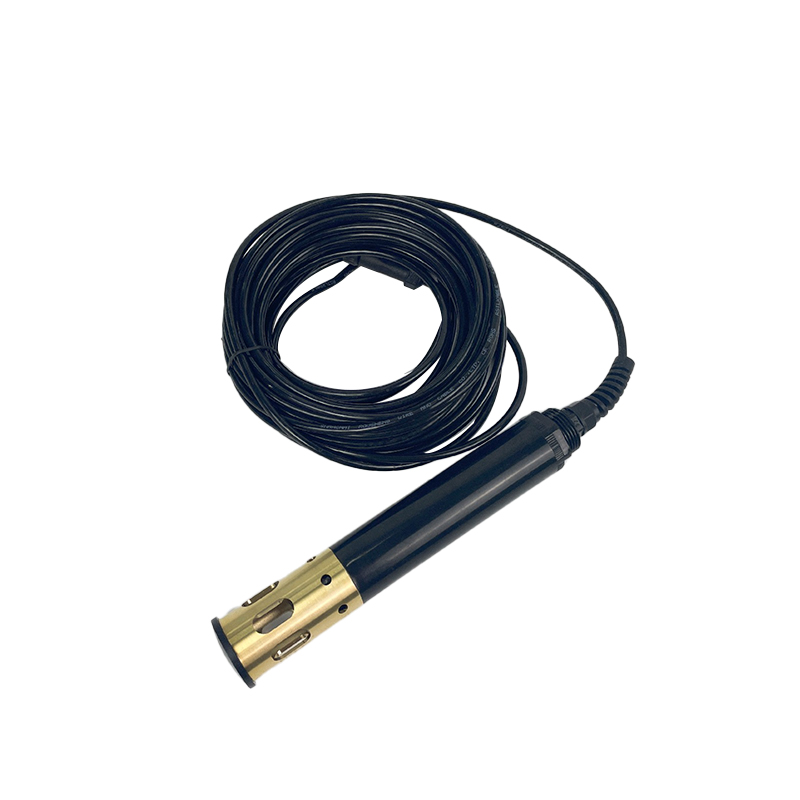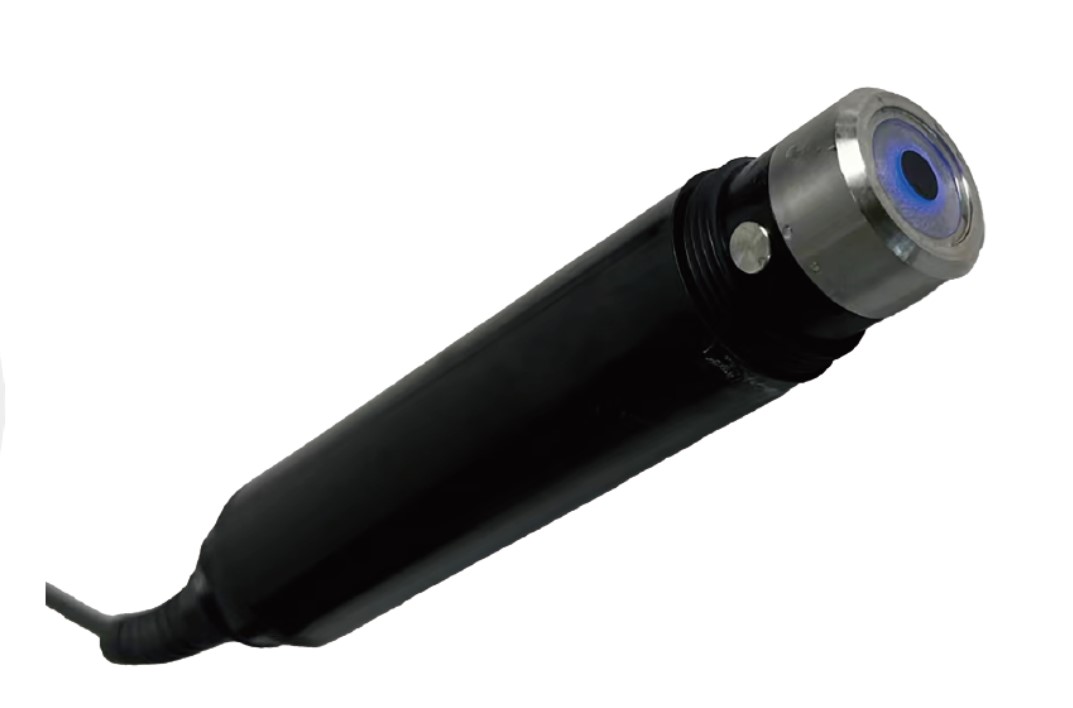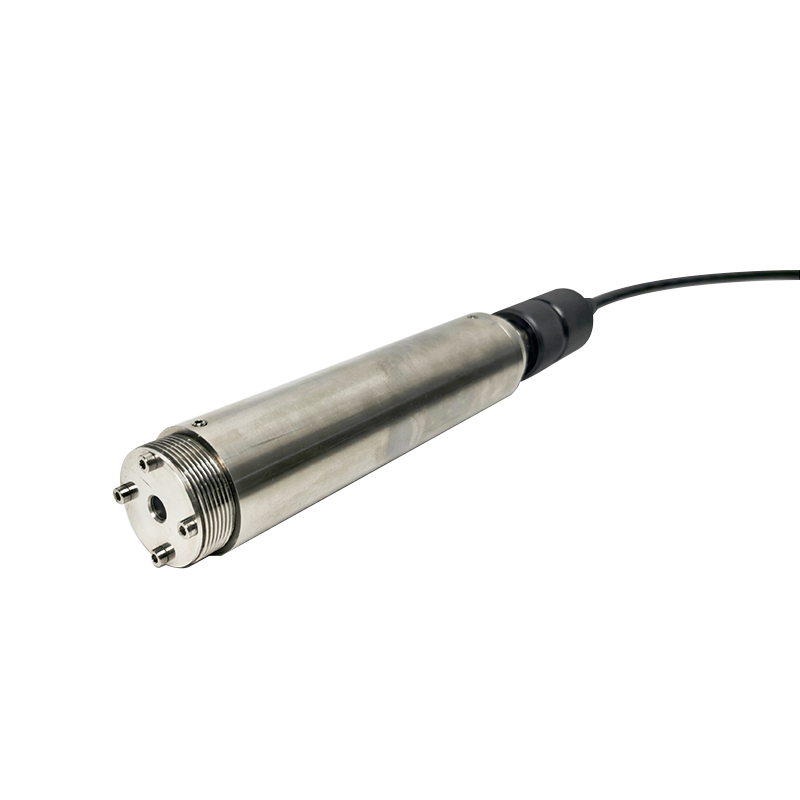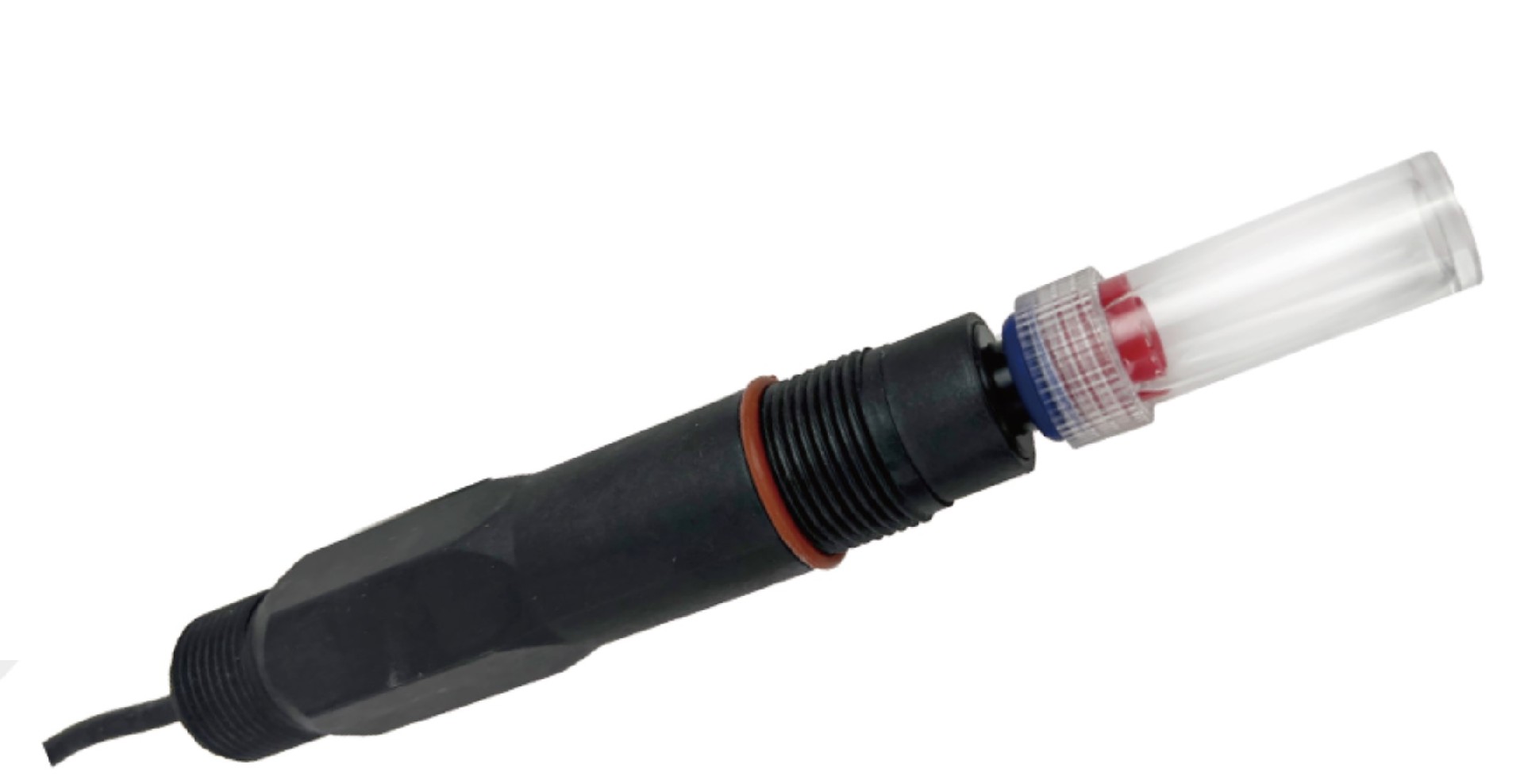Surface water exists on the surface of the Earth's crust and is exposed to the atmosphere. It is a general term for four types of water bodies: rivers, glaciers, lakes, and swamps. Surface water is formed by the accumulation of natural precipitation and snow over the years, and naturally flows into the ocean or evaporates, as well as seeps underground.
According to the environmental functions and protection objectives of surface water bodies, they are divided into five categories in order of function:
Class I is mainly suitable for source water and national nature reserves;
Class II is mainly suitable for centralized surface water source protection areas, habitats of rare aquatic organisms, spawning grounds for fish and shrimp, and feeding grounds for juvenile fish;
Class III is mainly suitable for centralized drinking water surface water source secondary protection areas, fish and shrimp wintering grounds, migration channels, aquaculture areas and other fishery water bodies and swimming areas;
Class IV is mainly suitable for general industrial water use areas and entertainment water use areas that are not directly in contact with the human body;
Class V is mainly suitable for agricultural water use areas and water bodies with general landscape requirements.
Corresponding to the five types of surface water functions mentioned above, the basic project standards for surface water environmental quality standards are divided into five categories, and different functional categories are subject to corresponding standard values for each category. The standard value for high water functional categories is stricter than the standard value for low water functional categories. If the same water area has multiple functional categories, the standard value corresponding to the highest functional category shall be executed. The category standards for achieving water functions and meeting standards have the same meaning.
The automatic monitoring system for surface water environmental quality automatically collects water quality monitoring data, monitors cross-sectional water quality in real-time, remotely monitors water station operation, and timely alerts water quality abnormalities, thereby helping environmental monitoring departments to timely and accurately grasp the water quality status and dynamic trends of surface water bodies, providing scientific basis for solving cross-border pollution disputes, pollution accident warnings, and managing and protecting water resources.










